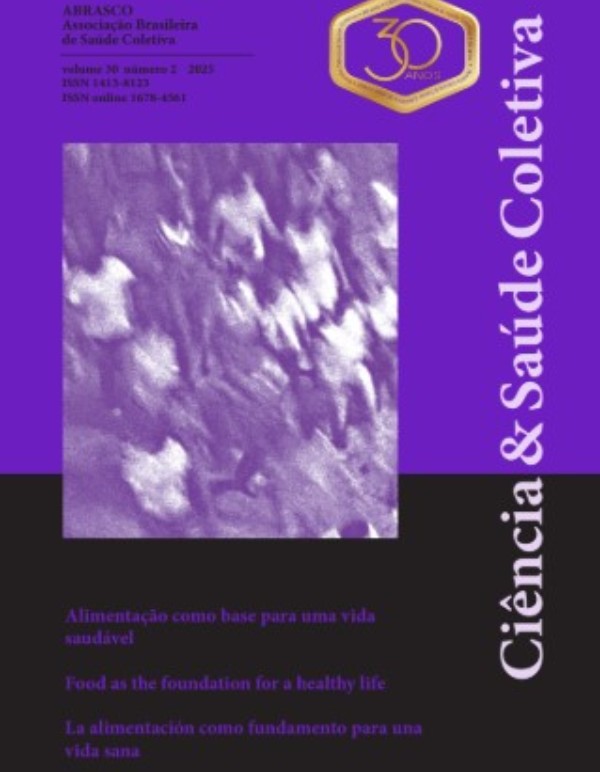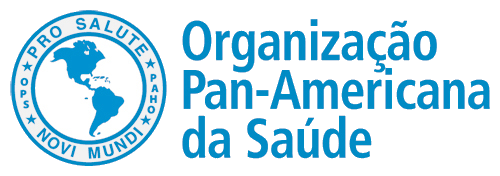0402/2023 - Trend analysis of the Food and Nutrition Surveillance System coverage among Quilombolas children in Brazil Cobertura do SISVAN em Crianças quilombolas
Análise de tendência da cobertura do Sistema de Vigilância Alimentar e Nutricional entre crianças quilombolas no Brasil
Author:
• Erik Michel Rodrigues de Souza - Souza, E. M. R - <erikmichelsouza@hotmail.com>ORCID: https://orcid.org/0000-0002-5577-4703
Co-author(s):
• Andhressa Fagundes - Fagundes, A. - <andhressa@academico.ufs.br>ORCID: https://orcid.org/0000-0003-4085-3270
• Natanael Silva Jesus - Jesus, N. S. - <natanael.silva@isglobal.org>
ORCID: https://orcid.org/0000-0003-3002-1032
Abstract:
OBJECTIVE: To evaluate the temporal trend of nutritional status assessment coverage of Quilombola children in the Food and Nutritional Surveillance System (SISVAN).METHOD: Ecological time series study on the coverage of SISVAN nutritional status data among Quilombola children under five years of age in Brazilian municipalities between 2008 and 2019. Prais-Winsten regression was performed to analyze the trend and the average annual percentage change (APC) of the coverages, according to demographic, socioeconomic, and health assistance variables.
RESULTS: National coverage ranged0.1% in 2008 to 2.8% in 2013, decreasing to 0.3% in 2019. The national coverage APC was 11%2008 to 2019, corresponding to a stationary trend (p =0.68). All states showed an increase in the coverage2008 to 2013, followed by a reduction until 2019. The states of Mato Grosso do Sul and Sergipe showed an increasing trend, while the Acre showed a decreasing trend. The other states showed a stationary trend. No temporal variation was observed in coverage according to the variables of interest.
CONCLUSION: Low SISVAN coverage was found among Quilombola children, with a steady temporal trend in most Brazilian states.











